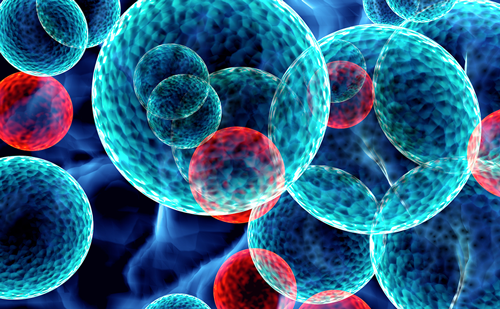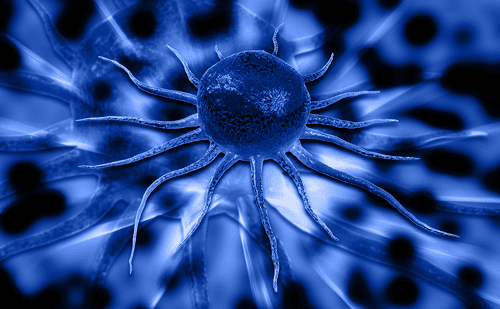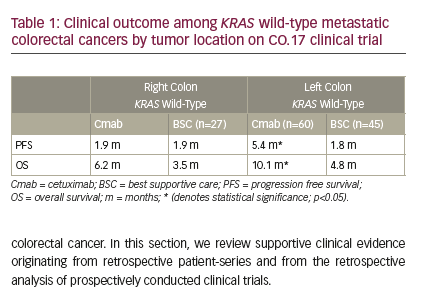Large-scale biobank collaborations between institutions face numerous challenges on different levels. In order for the samples to be comparable, similar technical procedures for collection, storage and quality control need to be followed. Rules of access and rules for the use of the tissues need to be clearly defined, and incentives are required for individual institutions to contribute in order to ensure long-term collaboration to share the tissue collected with the larger cancer research community. Last but not least, if the collaboration is to take place across Europe, varying national legislations in place (or not in place) need to be complied with.
A series of articles recently published in the European Journal of Cancer provides an overview of the major achievements and challenges of an ambitious EU funded project, TuBaFrost, devoted to the creation of a European virtual frozen tumour tissue bank on the basis of ‘residual tissue’, aiming to meet the above requirements.1 More specifically, its objectives as specified in its mission statement are to:
“create an innovating virtual European human frozen tumour tissue bank for the whole scientific community, composed of high quality tumour tissue sample collections with a corresponding accurate diagnosis stored in major European cancer centres and universities, searchable through an uncomplicated query system on the Internet, provided with rules for access and use of the tissues” and including “a European code of conduct to comply with the various legal and ethical regulations in the different European countries”.2 What Is the TuBaFrost Project All About?
At the start of the project, the different options for creating the European virtual tumour tissue bank were first discussed within various groups of the European Organisation for Research and Treatment of Cancer (EORTC)3 and the Organisation for European Cancer Institutes (OECI).4 Participating institutes were selected on the basis of their accrual rate of patients in EORTC clinical trials, as a measure of their demonstrated ambition to join Europe-wide clinical cancer research initiatives. The EORTC Data Centre was chosen as host for the central database by virtue of its prominent role and experience in pan-European trials, as well as its research strategy to include translational research in all of its clinical trial protocols.
Based on a consultation process, members of the TuBaFrost consortium drafted policies and procedures – building on best practices of the participating centres and a review of key tissue-bank initiatives worldwide – providing a model for “Standardising tissue collection and quality control procedures for a European virtual frozen tissue bank network storage”.5
Although TuBaFrost is of course not unique in Europe when it comes to international exchange of tissue and data, TuBaFrost was probably one of the first projects addressing the problem of varying regulations governing research with residual tissue and accompanying data between countries in the EU. Instead of coming up with a new set of rules, a co-ordinating rule along the lines of the so-called ‘home-country principle’ was taken to be appropriate, provided that the ‘code of conduct’ agreed upon by the consortium members, which foresees strict rules of privacy protection, is respected.6 According to this coordinating rule, under some provisions, if tissue may be legitimately used for certain research in the country where it was collected it may also be used for such research in the country where it is sent to. The same applies to the data: the hospital or clinic that provides non-anonymous but coded patients’ data accompanying a tissue sample remains ‘the controller’ in the sense of the Data Protection Directive.
As specified in the “Access rules and incentives for a European tumour bank”,7 the samples entered in the virtual tumour bank remain at the collecting institutes, and are collected in a searchable database. Thus the samples and the decisions to issue the samples to a registered ‘requester’ are not transferred to a large organisation, but remain with the collector who retains ‘custodianship’ over the collected tissue, thereby allowing autonomous negotiations between collector and requester, to be agreed upon in a standardised tissue transfer agreement (including potential co-authorship in publications or compensation for collection and processing costs). The information provided by the tissue requester on the TuBaFrost tissue request form (TRF) is to ensure that sufficient information is provided to the collector as a basis for decision, thus facilitating the exchange. Sound administration is vital to the success of the project on all levels: not only on the level of collection, storage and exchange of the tissue, but furthermore and most importantly also on the level of the clinical data linked to the samples – as it is the clinical data provided that determines the scientific value, that is, suitability for specific research questions. Therefore, a data set of the minimal requested information necessary for input into the central database was developed for online use. Since the samples are stored locally, it is the responsibility of the institutes to keep this central database up-todate regarding status (i.e. ‘available’, ‘in-use’ or ‘terminated’). As well as patient and tissue data being entered, including the histopathological diagnosis, representative images and virtual slide images can be uploaded and viewed online to aid in the selection process.8 Pathologists associated with collecting institutes participating in the TuBaFrost network select the slides required for virtual slide scanning – ‘difficult cases’ – which are then digitised at the EORTC Tumour Bank office.9,10
TuBaFrost – The Virtual Becoming Real
Based on a review of best practices, TuBaFrost provides not simply an elegant solution to circumvent many of the obstacles often invoked when it comes to biobanking and cancer research in Europe. It provides guidelines for conservation, storage and quality control in order to provide equal quality standards, addresses the regulatory issues and establishes a code of conduct including the ethical issues. However, the tools thus developed within a limited timeframe and with limited funding offer only a starting point for these types of activities.11 Whether the virtually impossible becomes a reality, whether the tools provided will boost translational cancer research in Europe, depends, however, on many factors but, as so often, especially on the ‘human factor’: on whether individual institutions and dedicated researchers decide to “take a walk on the altruistic side”, decide to share the tissue they are not owners of but only custodians with the cancer research community at large. This is instrumental not only for future largescale clinical trials with a translational research component in general, but especially for tissue banking in virtual international networks as part of the concept of ‘comprehensive cancer institutes’.














